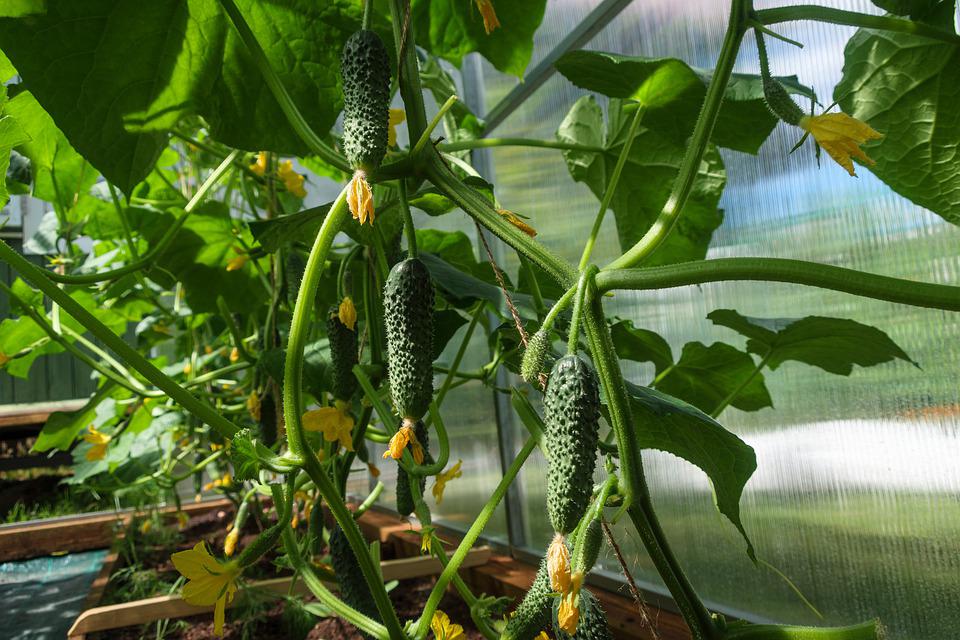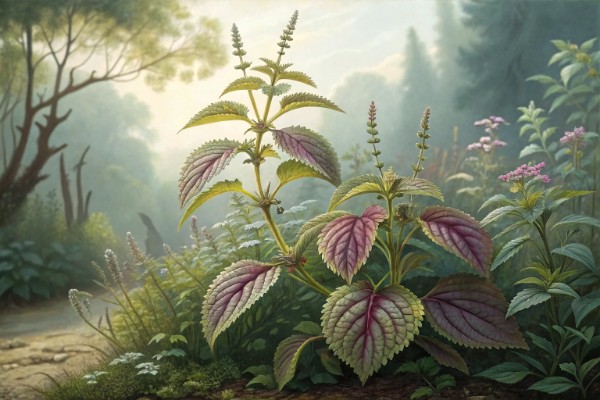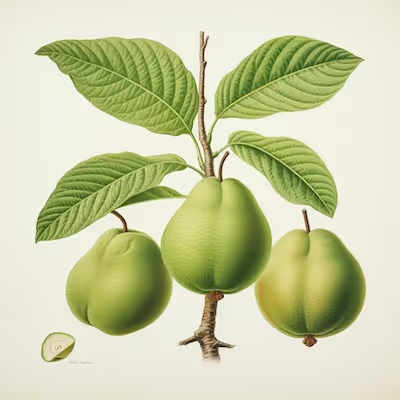Growing Cucumbers: Easy Steps for Healthy, Productive Plants

Growing Cucumbers
Growing cucumbers starts with choosing a sunny site and rich, well-drained soil. Sow seeds directly outdoors once temperatures hit at least 65°F, spacing plants 12 inches apart to ensure vigorous vines. For crisp, thriving cucumbers all season, water consistently and mulch generously—read on to discover simple tips for an abundant harvest.
Growing Cucumbers rewards speed, flavor, and volume, if you get the basics right from day one.
I learned that the year I trellised a row beside the compost pile and pulled a crate every other morning like I was running a small market.
Pick the spot and prep the soil
Cucumbers want full sun, rich loam, and steady moisture, with a target pH of 6.0 to 6.8.
Wait until soil temps hold at 65 to 70 F, 18 to 21 C, because cold soil stalls roots and invites sulks and rot.
Work in 2 to 4 inches, 5 to 10 cm, of mature compost and a balanced pre-plant fertilizer such as 5-10-10, then water it in.
In heavier clay, I build raised rows 6 to 8 inches high, 15 to 20 cm, which warms the root zone and sheds spring rain.
Sowing and spacing that set up a long harvest
Direct sow after frost or start 3 to 4 weeks early in 50-cell trays, then transplant gently once the first true leaf appears.
Plant seeds 1 inch deep, 2.5 cm, thin to 12 inches, 30 cm, on a trellis or 24 to 36 inches, 60 to 90 cm, on the ground, with 4 to 6 feet, 1.2 to 1.8 m, between rows.
For the hill method, set 3 seeds per spot on a 30 inch, 75 cm, grid, then thin to 2 sturdy plants per hill.
I succession sow every 2 to 3 weeks until midsummer, which keeps slicers coming and evens out pest pressure.
Trellising and training for cleaner fruit
A vertical trellis improves airflow, speeds drying, and keeps fruit straight and unblemished.
“Trellised cucumbers show fewer culls and higher marketable yields compared to ground culture.” UF/IFAS Vegetable Production Guide
I run a T-post every 6 to 8 feet, 1.8 to 2.4 m, string heavy netting, then clip vines as they climb to curb the sprawl.
Prune side shoots to the first leaf in greenhouse types and lightly tip back rampant growth outdoors after the fifth or sixth node.
Water and feeding without bloat or bitterness
Give 1 to 1.5 inches, 25 to 38 mm, of water weekly, and more in heat, via drip at 0.5 to 1 gph, 1.9 to 3.8 lph, to avoid leaf wetting and foliar disease.
Side-dress with a light nitrogen boost at first bloom, then again two weeks later, or fertigate weekly at low dose, because heavy N makes vines lush and fruit hollow.
Mulch 2 to 3 inches, 5 to 8 cm, with straw or shredded leaves to lock in moisture and block splashing spores.
Temperature, stress, and flavor
Ideal days sit at 70 to 85 F, 21 to 29 C, with nights around 60 F, 16 C, and fruit set falters above 95 F, 35 C.
“Bitterness comes from cucurbitacins, often concentrated at the stem end and peel, and increases with drought or heat stress.” University of Illinois Extension
I foliar feed calcium and magnesium during heat spikes and harvest earlier in the morning, which keeps texture crisp and flavor clean.
Pollination and parthenocarpy
Plants open male flowers first, then females with tiny fruit behind the petals, so early drop is normal.
Bee activity drives yield, so I avoid sprays during bloom and plant dill, fennel, and calendula nearby to pull in pollinators.
Parthenocarpic types set seedless fruit without pollination, a gift under insect netting or in greenhouses.
Row cover, plastic, and small interventions that pay
Use lightweight row cover or 0.8 mm insect netting at seeding, remove at bloom unless growing parthenocarpics, and re-cover if beetles surge.
Black plastic mulch can nudge soil 3 to 5 F warmer, 1.5 to 2.5 C, which moves first pick a week earlier in cool springs.
Pests I treat like a chess match
Cucumber beetles chew cotyledons and spread bacterial wilt, so I start with netting, yellow traps at canopy height, and perimeter trap crops like Blue Hubbard squash.
“At the seedling stage, an average of one striped cucumber beetle per plant can justify protection.” University of Wisconsin Extension
If thresholds hit, I rotate low-impact options, time them at dusk, and keep sprays off flowers to protect bees.
For aphids and whiteflies, I rinse with a hard stream, release lacewings in tunnels, and follow with insecticidal soap if needed.
Diseases I plan around, not after
Powdery mildew arrives like a rumor, so I plant resistant varieties and start protectants at first fleck with sulfur or potassium bicarbonate.
Downy mildew blows in mid to late season, and I switch to labeled copper or phosphite products plus tight sanitation and shorter intervals.
Bacterial wilt means rogue out the plant and sanitize tools, then double down on beetle exclusion next round.
Harvest and handling for snap and shine
Pick every 1 to 2 days, before seeds swell, at 6 to 8 inches, 15 to 20 cm, for slicers or 2 to 4 inches, 5 to 10 cm, for picklers.
Clip, do not yank, and cool immediately to keep skins unscuffed and spines intact.
“Store at 50 to 55 F, 10 to 13 C, and 90 to 95 percent relative humidity to prevent chilling injury and pitting.” UC Davis Postharvest Center
My field routine on a 10 meter bed
- Two lines per bed, drip in each line, emitters at 12 inches, 30 cm.
- Transplant at 14 inches, 35 cm, onto black mulch, trellis immediately.
- Water in with a kelp and humic acid solution for root bounce.
- Scout twice weekly, morning only, and cull off-type fruit fast.
- Harvest at dawn and shade the totes, then wash in cool water with a food-safe sanitizer.
Best varieties by use
- Open-field slicers: Marketmore 76, Poinsett 76, Bristol F1 for disease resistance and steady set.
- Pickling: National Pickling, Boston Pickling, Vert petit de Paris for classic snap in the jar.
- Parthenocarpic greenhouse: Tyria, Socrates, Corinto, and Diva for seedless, straight fruit under cover.
- Asian types: Suyo Long and Tasty Green for thin skin, burpless texture, and quick stir-fries.
- Compact and container: Spacemaster and Bush Slicer for patios and short trellises.
Soil health and rotation that keep vines humming
Follow legumes or alliums, never last year’s squash, melon, or pumpkin, and rotate families for 3 to 4 years to dodge soilborne issues.
I inoculate with quality compost and keep tillage shallow, which preserves structure and the mycorrhizae cucumbers use to forage water in August.
Companions and odd little allies
I interplant dill and basil for pollinators and lacewings, and tuck nasturtiums at the row end for aphids that prefer easy prey.
A sacrificial border of radish pulls flea beetles off seedlings, which buys time until vines toughen.
Buying guide and gear that earn their keep
- Seeds: choose disease packages that list PM, DM, CMV, and ALS resistance if your region has a history of those problems.
- Trellis: 6 by 6 inch netting, 15 by 15 cm, on steel posts, plus soft plant clips that do not scar stems.
- Irrigation: 5 to 10 mil drip tape for field rows or pressure-compensating emitters for containers.
- Nutrition: soil test first, then use a balanced granular at planting and a clean liquid feed for bloom and fruit swell.
- Protection: floating row cover or insect netting, yellow monitoring cards, and a simple spray kit with sulfur, potassium bicarbonate, and a mild insecticide you trust.
- Postharvest: vented lugs, shade cloth, and a fridge zone at 50 to 55 F, 10 to 13 C.
Quick fixes for common cucumber headaches
- Misshapen fruit: uneven moisture or poor pollination, tighten irrigation and pick daily to move the set along.
- Bitter tips: harvest younger, water deeply, and keep vines from drought cycling during heat.
- Yellowing leaves midseason: feed lightly with nitrogen plus magnesium, and check roots for saturation.
- Fruit yellowing on the vine: past maturity or nutrient stress, harvest smaller and balance potassium and calcium.
Field notes I keep coming back to
A cucumber that never dries out never turns mean, so I water before the plant asks.
Good trellis, early mulch, and steady scouting turn a fickle crop into a steady paycheck and a ridiculous salad.
Selected references and quotable lines
- UF/IFAS Vegetable Production Guide, trellising and marketable yield comments.
- University of Illinois Extension, cucurbitacin and bitterness guidance.
- University of Wisconsin Extension, cucumber beetle threshold at seedling stage.
- UC Davis Postharvest Technology Center, cucumber storage temperature and humidity.
- Penn State Extension and Cornell Cooperative Extension, mulch, irrigation, and disease management bulletins.
Cheatsheet: Grow Lush, High-Yield Cucumbers Fast
🌱 Soil + Site
- Full sun (6–8 hrs/day)
- Rich, loose soil; pH 6.0–7.0
- Mix in aged compost or well-rotted manure
- Add mulch for warm, moist roots
🕰️ Timing
- Plant after last frost, when soil >65°F / 18°C
- Sow seeds indoor 2–4 weeks before last frost for early start
🌞 Planting Steps
- Direct sow seeds 1" (2.5 cm) deep, 12" (30 cm) apart
- Or transplant young plants at 2–3 true leaves
- Train vines with trellis or let sprawl
💧 Water + Feed
- Water deeply 1–2x/week; keep soil moist but not soggy
- Reduce watering 1 week before harvest for crisp fruit
- Side-dress with compost or balanced fertilizer every 3–4 weeks
🔪 Care + Harvest
- Pick fruit often (every 2 days) for max yield
- Harvest at 6–8" (15–20 cm) for best flavor
- Remove old or yellow leaves to boost air flow
- Rotate crops yearly to prevent disease
💡 Health & Self-Sufficiency
- Homegrown cucumbers deliver twice the vitamin K of store-bought
- 1 plant can supply a family for the summer
🧰 Tools and products you’ll need
- Garden trowel
- Container (if growing on patio)
- Trellis or supports
- Organic fertilizer
- Soaker hose or watering can
- Gloves, snips for harvest
Frequently Asked Questions About Growing Cucumbers
What is the ideal soil condition for cucumber plants?
Cucumbers thrive in fertile, well-draining soil enriched with plenty of organic matter, such as compost or aged manure. The ideal soil pH ranges from 6.0 to 6.8 for optimal nutrient absorption.
How much sunlight do cucumber plants need daily?
To ensure healthy, productive plants, cucumbers require at least 6 to 8 hours of direct sunlight each day. Choose a garden location that gets consistent sunlight throughout the growing period.
What spacing should be maintained between cucumber plants?
Proper spacing encourages air circulation and reduces disease risks. Space cucumber plants approximately 12 inches (30 cm) apart when grown vertically on trellises or about 36 inches (90 cm) apart when grown horizontally along the ground.
How often do cucumber plants require watering?
Cucumber plants benefit from regular, consistent watering. Keep the soil moderately moist, providing approximately 1 to 2 inches (2.5 to 5 cm) of water per week. Water at the base of plants to avoid foliage diseases.
What is the ideal temperature range for successful cucumber growth?
Cucumber plants grow best within temperatures ranging from 65 to 85°F (18 to 29°C). Avoid planting outdoors until night temperatures consistently remain above 55°F (13°C), as cooler conditions can stunt growth and limit production.
How can cucumber yields and plant health be improved?
Enhance your cucumber harvest by using mulch to retain moisture and prevent weeds. Regularly applying balanced fertilizers high in nitrogen and potassium supports consistent growth. Additionally, cultivating vertically on trellises reduces pest exposure and encourages cleaner, straighter cucumbers.
Growing cucumbers doesn’t have to be complicated. Give them sun, rich soil, and consistent watering, and they’ll reward you. Don’t ignore trellising—it saves space, keeps fruit clean, and boosts yield. Watch for pests, but don’t panic; a little vigilance goes a long way. Feed your plants, but don’t drown them in fertilizer. The right balance keeps vines healthy and productive all season.
There’s something satisfying about plucking a crisp cucumber, still warm from the sun. Trust your senses. If the plant looks happy, it probably is. If you’re feeling adventurous, try growing other vining crops like watermelon or zucchini next to your cukes. In the end, growing cucumbers is about patience, observation, and a little bit of luck. But the reward—crunchy, homegrown flavor—is always worth it.



